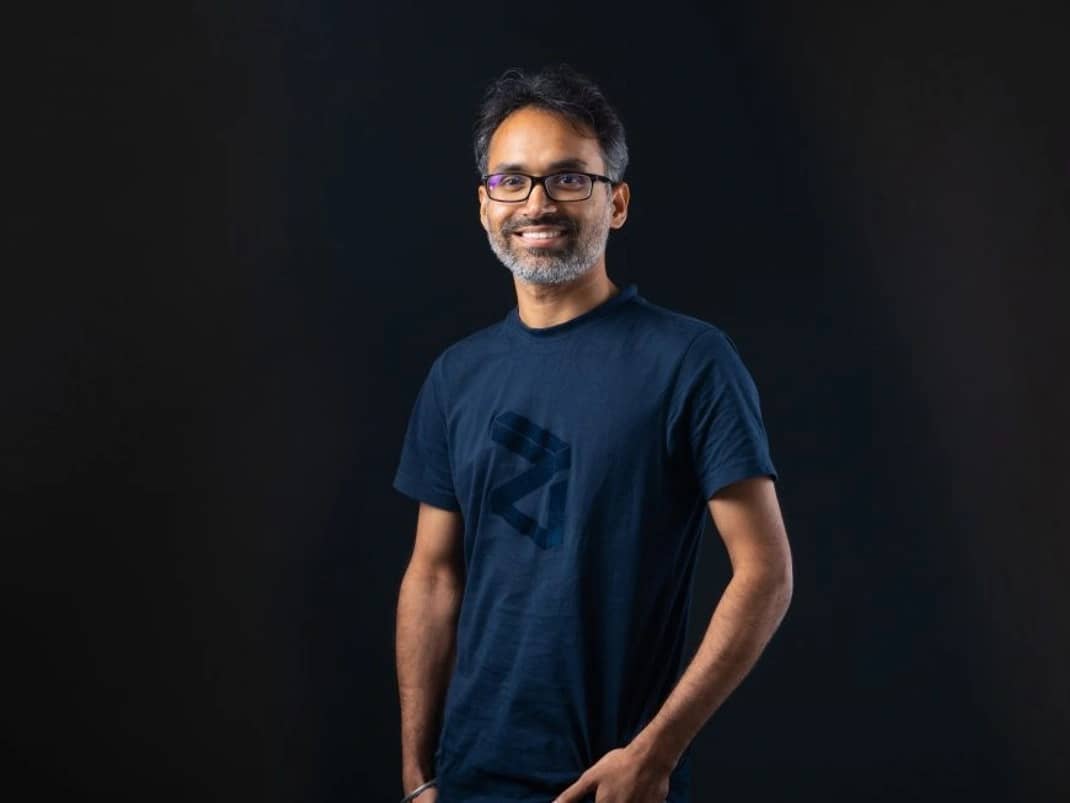위키 구독하기
Share wiki
Bookmark
Amrit Kumar
Amrit Kumar
**암릿 쿠마르(Amrit Kumar)**는 기존 블록체인의 확장성 문제를 해결하는 블록체인 플랫폼인 질리카(Zilliqa)의 공동 설립자이자 전 대표, 최고전략책임자(CSO)였습니다. 질리카(Zilliqa)에서 사임한 후, 그는 AltLayer 프로토콜을 개발하는 Alt Research의 최고운영책임자(COO)와 비나리 랩스(Binarii Labs)의 회장직을 맡았습니다. [1]
교육
쿠마르는 2013년 그르노블 국립 컴퓨터 과학 및 응용 수학 학교(National School of Computer Science and Applied Mathematics of Grenoble)를 졸업하고 암호화폐 석사 학위를 받았습니다. 그 후 2016년 그르노블 알프스 대학교(Universite Grenoble Alpes)에서 컴퓨터 과학 박사 학위를 받았습니다. [1]
경력
석사 과정 중 쿠마르는 타이어 제조업체인 미쉐린(Michelin)에서 인턴으로 근무했고, 프랑스 국립 디지털 과학 기술 연구소인 인리아(Inria)에서 연구 인턴으로 근무했습니다. 박사 학위를 받은 후, 그는 4개월 동안 캘거리 대학교(University of Calgary)에서 방문 연구원으로 근무한 후 2016년 11월 싱가포르 국립 대학교(National University of Singapore)에서 연구원으로 일했습니다. [1]
질리카(Zilliqa)
NUS에서 연구원으로 근무하는 동안 쿠마르는 그의 지도교수인 프라틱 삭세나(Prateek Saxena)와 함께 샤딩(sharding)에 대한 아이디어를 상업적인 자산으로 전환하는 방법을 연구했습니다. [1][2]
“당시 저는 싱가포르 국립 대학교에서 프라틱 삭세나(Prateek Saxena) 교수님의 지도하에 박사후 연구원으로 일하고 있었습니다. 그는 질리카(Zilliqa)의 공동 설립자 중 한 명이기도 합니다. 그는 샤딩(sharding)에 대한 논문을 발표했는데, 이는 본질적으로 분할 정복의 간단한 방법을 제안한 것입니다. 이 개념은 네트워크를 더 작은 그룹으로 나누어 트랜잭션을 효율적으로 확장하는 것을 포함합니다. 이 논문은 세계 최고의 보안 컨퍼런스 중 하나에서 발표되었으며, 당시 같은 연구실에서 박사 과정을 밟고 있던 카이버 네트워크(Kyber Network)의 CEO인 로이 루(Loi Luu)와 공동 저술했습니다. 그 후 저와 프라틱을 포함한 팀을 구성하여 이 이론적 아이디어를 실제 소프트웨어 시스템으로 구현했는데, 이것이 결국 질리카(Zilliqa)가 되었습니다.”
2017년 6월, 쿠마르는 맥스 칸텔리아(Max Kantelia), 프라틱 삭세나(Prateek Saxena), 신슈 동(Xinshu Dong), 야오치 자 박사(Dr. Yaoqi Jia), 그리고 주자르 모티왈라(Juzar Motiwalla)와 함께 질리카(Zilliqa)를 공동 설립했습니다. 그는 5년 동안 대표이사 겸 최고전략책임자(CSO)로 재직하다가 사임했습니다. 그는 더 이상 질리카(Zilliqa) 팀의 일원은 아니지만, 여전히 이전에는 질리카(Zilliqa) 캐피탈이었던 Rule72의 공동 최고투자책임자(Co-Chief Investment Officer)입니다. [1]
비나리 랩스(Binarii Labs)와 AltLayer
질리카(Zilliqa)를 떠난 후, 쿠마르는 2022년 5월 Web3 데이터 보안 개발 회사인 비나리 랩스(Binarii Labs)의 회장이 되었습니다. 10월에는 Web3 분산 프로토콜인 AltLayer의 최고운영책임자(COO)가 되었습니다. [1]
인터뷰
질리카(Zilliqa)에 관하여
2021년 12월, 발키리 인베스트먼트(Valkyrie Investments)는 질리카(Zilliqa)의 기원과 프로젝트 개발에 대해 쿠마르와 인터뷰를 진행했습니다. 회사의 시작 과정을 공유한 후, 그는 다른 확장성 솔루션 대신 샤딩(sharding)을 선택한 이유에 대해 설명했습니다. [2]
“당시 EOS가 출시되었거나 출시 직전이었고, 사용 가능한 대안 솔루션이 많지 않았습니다. 대부분의 솔루션은 Ryden과 같이 레이어 2(layer 2) (L2) 확장에 중점을 두었거나 곧 출시될 예정이었습니다. 또한 다른 대부분의 체인(chains)은 주로 개인 정보 보호에 중점을 두었고, 많은 프로젝트는 색인 및 대출 프로토콜과 같은 애플리케이션을 중심으로 했습니다. 우리는 확장성에 대한 두 가지 접근 방식을 인식했습니다. EOS가 한 것처럼 네트워크 크기를 더 작은 하위 집합으로 제한하거나 약 10~15개의 노드를 사용하는 새로운 접근 방식을 채택하는 것입니다. 그러나 우리는 분산화를 희생하지 않기로 결심했습니다. 프라틱(Pratik)과 제 지도교수가 샤딩(sharding)에 대해 작성한 논문의 기반을 바탕으로, 우리는 분산화를 희생하지 않고도 확장성을 가능하게 하는 솔루션을 선택했습니다.”
그는 또한 일반 사용자에게 블록체인이 어려운 이유에 대한 자신의 견해를 공유했습니다. [2]
“우리는 특히 오늘날 탈중앙화 금융(DeFi) 애플리케이션에서 분명하게 나타나는 블록체인 사용의 복잡성을 인식했습니다. 이러한 애플리케이션과 상호 작용하려면 종종 메타마스크(MetaMask)를 설치하고, 이더(Ether)를 얻고, 유니스왑(Uniswap) v3 및 v2와 같은 다양한 프로토콜을 탐색해야 하는데, 이는 사용자에게 어려울 수 있습니다. 당시 특정 애플리케이션을 염두에 두고 있지는 않았지만, 성공적인 블록체인 애플리케이션은 일반 사용자에게 더 사용자 친화적이고 접근 가능해야 한다는 것을 이해했습니다.”
“우리는 최종 사용자를 위한 사용자 경험 향상의 중요성을 인식합니다. 최근까지 대부분의 블록체인 플랫폼은 주로 개발자를 유치하는 데 중점을 두고 사용자 경험 측면을 간과했습니다. 개발자는 애플리케이션을 구축하는 데 매우 중요하지만, 기존 애플리케이션의 대부분은 개발자가 개발자를 위해 설계한 것입니다. 이러한 접근 방식은 바뀌어야 하며, 최근 몇 달 동안 사용자 우선 순위를 강조하는 방향으로 전환되고 있습니다. 이제는 높은 가스(gas) 수수료와 사용자 경험과 같은 문제에 대한 논의가 더 많아지고 있으며, 이는 과거의 개발자 중심적 초점에서 상당한 변화를 나타냅니다.”
잘못된 내용이 있나요?
